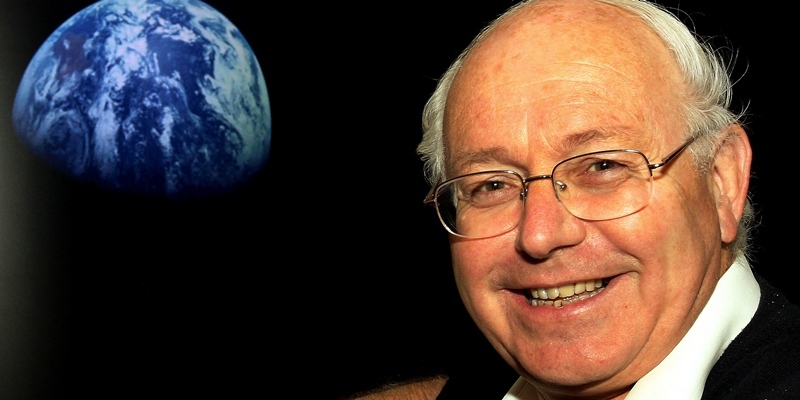One of Britain’s best-known scientists has committed himself to Dundee University for another six years, despite giving up one of his jobs.
Professor Sir Philip Cohen, who came to the university 40 years ago, will be stepping down as director of the MRC Protein Phosphorylation Unit, which studies a process that regulates almost all aspects of the life of cells in the body.
Abnormalities in phosphorylation are a cause of many diseases including cancer, diabetes, high blood pressure and Parkinson’s and the unit is working with major pharmaceutical companies to try to develop new drug treatments.
Another award-winning scientist, Prof Dario Alessi, will step up from his deputy director’s post to take charge of the unit, which is backed by the Medical Research Council. However, Sir Philip will be continuing his work in Dundee.
He said, “I am really delighted that Dario has been selected to be the next director and am confident that he will build on what has been achieved over the last 21 years and bring it to a new level.
“I should also make it clear that, although I am stepping down as the unit’s director next April, I will not be retiring and indeed have recently signed a new six-year contract with the university.
“I am greatly looking forward to pursuing with even greater vigour my research programme aimed at understanding how the innate immune system is regulated.”
Drugs that treat abnormally high levels of phosphorylation are having a major impact on cancer treatment. Under Prof Alessi’s direction, the unit’s remit will be expanded to study the role of an emerging form of cell biology called ubiquitylation. Early research suggests that it rivals phosphorylation in its importance.
Better knowledge of ubiquitylation and its relationship with phosphorylation could hold the key to determining the causes of many diseases and lead to the development of new classes of medicine.
Prof Alessi said, “It is a tremendous privilege to take over the helm of the protein phosphorylation unit. Sir Philip will be a hard act to follow, but I am looking forward to the extraordinary opportunities that lie ahead.
“This is an exhilarating time in phosphorylation and ubiquitylation research and my main aim will be to position the unit as a focal point for collaboration between life scientists, pharmaceutical companies and clinicians.
“It is my strong belief that this is where we can make the most critical contribution to medical research, together reaching a deeper understanding of disease and developing more effective treatments.”
Professor Sir Philip Cohen’s numerous honours include a prestigious Royal Medal, awarded in 2008.
